-
About
- About Listly
- Community & Support
- Howto
- Chrome Extension
- Bookmarklet
- WordPress Plugin
- Listly Premium
- Privacy
- Terms
- DMCA Copyright
- © 2010-2025 Boomy Labs


 Soubin Nath
Soubin Nath
Listly by Soubin Nath
Here are ten places you might want to visit based on information from the WHO and the 2013 State of the Air report from the American Lung Association (ALA), as determined by the amount of ozone and long-term and short-term particulate matter in the air.
Source: http://www.care2.com/causes

The largest city in northern Canada, Whitehorse in the Yukon, has some of the cleanest air of any city in the world, according to the WHO.Whitehorse can thank a lower population density and stricter regulations for its clean air, as well as a favorable climate.
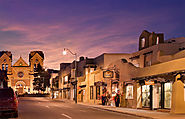
New Mexico’s capital has some of the cleanest air in the U.S., with low counts of both particle pollution and ozone — in fact, it is one of only 20 U.S. cities whose ozone levels have consistently been low. Situated in a region with 1.5 million acres of forest, the city has strict regulations to limit the burning of wood in the open air. Besides this, Santa Fe has been designated a UNESCO Creative City for its thriving art, crafts and design community
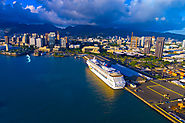
Honolulu means “sheltered bay” or “place of shelter” in native Hawaiian; this aptly describes the city on the big island of Hawaii. Honolulu is about 2,000 miles away from the U.S. mainland, beyond where particles from burning coal can travel. The Diamond Head and Koko Head craters are nearby and the city has low levels of ozone and particle matter and receives plenty of rain. A well-designed transit system with dedicated bus lanes also helps to cut down on emissions
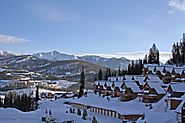
Situated in an area of great natural beauty with hiking trails and nature refuges, Great Falls is located in north-central Montana. The city’s residents have worked to keep their air clean, successfully fending off the construction of a 250-megawatt coal-fired power plant that would have released 2.1 million tons of carbon emissions into the air per year. The power company said it would instead built a 120-megawatt natural gas-fired plant
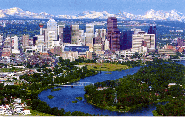
The WHO ranks the air quality of Calgary, Canada, highly, even with a large gas and oil industry in the region. Thoughtful urban planning and public transportation help to manage traffic congestion. Calgary is located in southern Alberta province and maintains three sanitary landfill sites for screening garbage and removing biodegradable and recyclable materials
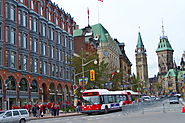
From a light rail system to a Spring Cleaning the Capital program in which 60,000 volunteers join together to clean parks and other public spaces, the Canadian capital has established a number of measures to keep its streets and air clean. The Rideau canal (pictured above) runs through a good part of the city and, in the winter when it freezes, becomes a huge outdoor skating rink.

The capital of Finland is one of the cleanest metropolitan centers in Europe thanks to efforts to limit emissions from vehicles and industry; the government says that as much as over half of the particle pollution in the country comes from elsewhere. The city has wide streets to cut down on traffic congestion and also advises residents to take public transit when air quality is poorer.
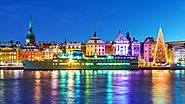
Stockholm has an extensive public transportation system. The Swedish capital also has the largest percentage of clean vehicles in Europe with about 5 percent of all of its vehicles being hybrids. Stockholm has also imposed a congestion charge on cars in its central area and promoted cycling. It’s a wonderful city to walk around in; Stockholm’s archipelago offers ready access to the wilderness.

Located near Germany on Switzerland’s northern border, Zurich has a well-developed and highly efficient public transportation system of trains, boats, buses and trams. The city also encourages bike riding and has tried a number of innovative methods to main air quality such as outfitting buses with mobile sensors — all the better for residents and visitors to enjoy its architecture, cultural institutions and lake.
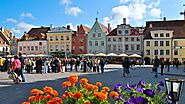
Tallinn is the capital of Estonia, the small Baltic country ranked as having the best air quality by the WHO (Estonia is also the most wired in the world and a leader in e-government). More than half of the country’s land is covered by trees and public transit helps to keep emissions low.

Born and brought up in Kerala, India. Now in Mumbai, India doing first year of my Masters in Film Studies (M.A)..